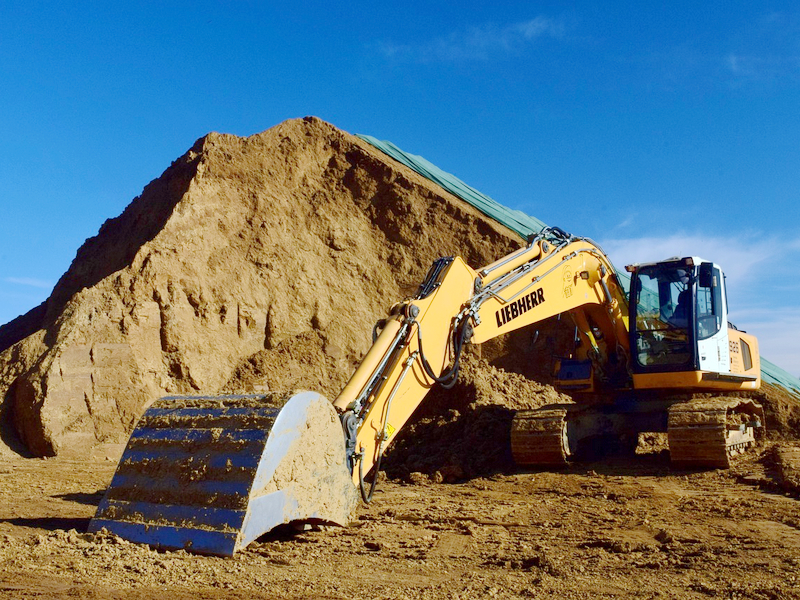As we all know, in addition to the
maintenance cost of the equipment itself, the biggest expense in excavator
operation is fuel consumption. If you want to improve operational efficiency
and reduce operating costs, it is crucial to master the correct fuel-saving
operation techniques. The following practical suggestions to help you do both
efficient and fuel saving.

Reasonable planning, to avoid ineffective action
Excavator movement will consume fuel, so
try to avoid “useless work”. According to the construction site reasonable
planning of the operating path and soil program, such as loading trucks try to
take the soil in the front, to avoid frequent rotation or repeated excavation
of the same area, to enhance operational efficiency and reduce unnecessary
consumption.
Control engine idling time
Many people ignore the problem of idling
fuel consumption. Even if the excavator is idling, the hydraulic system is
still running, will still consume fuel. To 20 tons of excavators, for example,
if idling for one hour a day, fuel loss of up to 20 liters or more. Therefore,
when waiting for loading and unloading or suspended operations, it is
recommended to turn off the engine in time to avoid wasting resources.
Avoid heavy load “holding” state
Overloaded operation will cause the engine
to enter the “holding” state, which not only damages the equipment, but also
significantly increases fuel consumption. If the engine is in this state for 6
minutes a day, it can consume more than 800 liters of diesel fuel a year.
Reasonable distribution of excavation volume, if necessary, split operation,
not only to protect the equipment, but also to save fuel.
Decrease the rotary angle, improve the working efficiency
Minimizing the slewing angle during loading
operations can significantly increase the amount of work per unit of time,
which in turn improves fuel efficiency. Reasonable parking position of the
truck can help to realize this goal.
Walking operation, lower speed is more fuel-efficient
During traveling, the higher the speed, the
higher the fuel consumption. It is recommended to drive mainly at medium speed,
avoiding long-time high-speed driving to reduce the risk of temperature rise of
the supporting wheel. Meanwhile, adopting the rotation mode of “15 minutes
walking + 15 minutes stopping” can prolong the life of chassis parts and
control fuel expenses.
Perform high level digging to reduce load consumption
When digging in a high position, the
excavator saves labor, so fuel consumption is reduced accordingly. The optimum
operating condition is that the digging platform is at the same height as the
truck or slightly higher, which improves loading efficiency and reduces fuel
consumption.
Adopting 90 degree digging angle to fully release the power
When the 90-degree angle is formed between
the bucket rod cylinder, connecting rod and bucket rod, the cylinder thrust is
the strongest, which can significantly improve the digging efficiency. It is
recommended to start operating from the position where the bucket bar extends
about 80%, which has better effect and lower fuel consumption.
Trench digging skills: first two sides, then the center
When digging a trench, deal with the two
sides first before digging the center, which not only saves effort, but also
reduces earth reworking and fuel waste. This order of operation is more in line
with the principles of mechanics, and is a common technique used by experienced
operators.

Fuel saving is not overnight, but lies in every startup, every operation of the heart. Good operating habits not only prolong the life of the equipment, but also in the fierce engineering competition, for you to get more cost advantage.